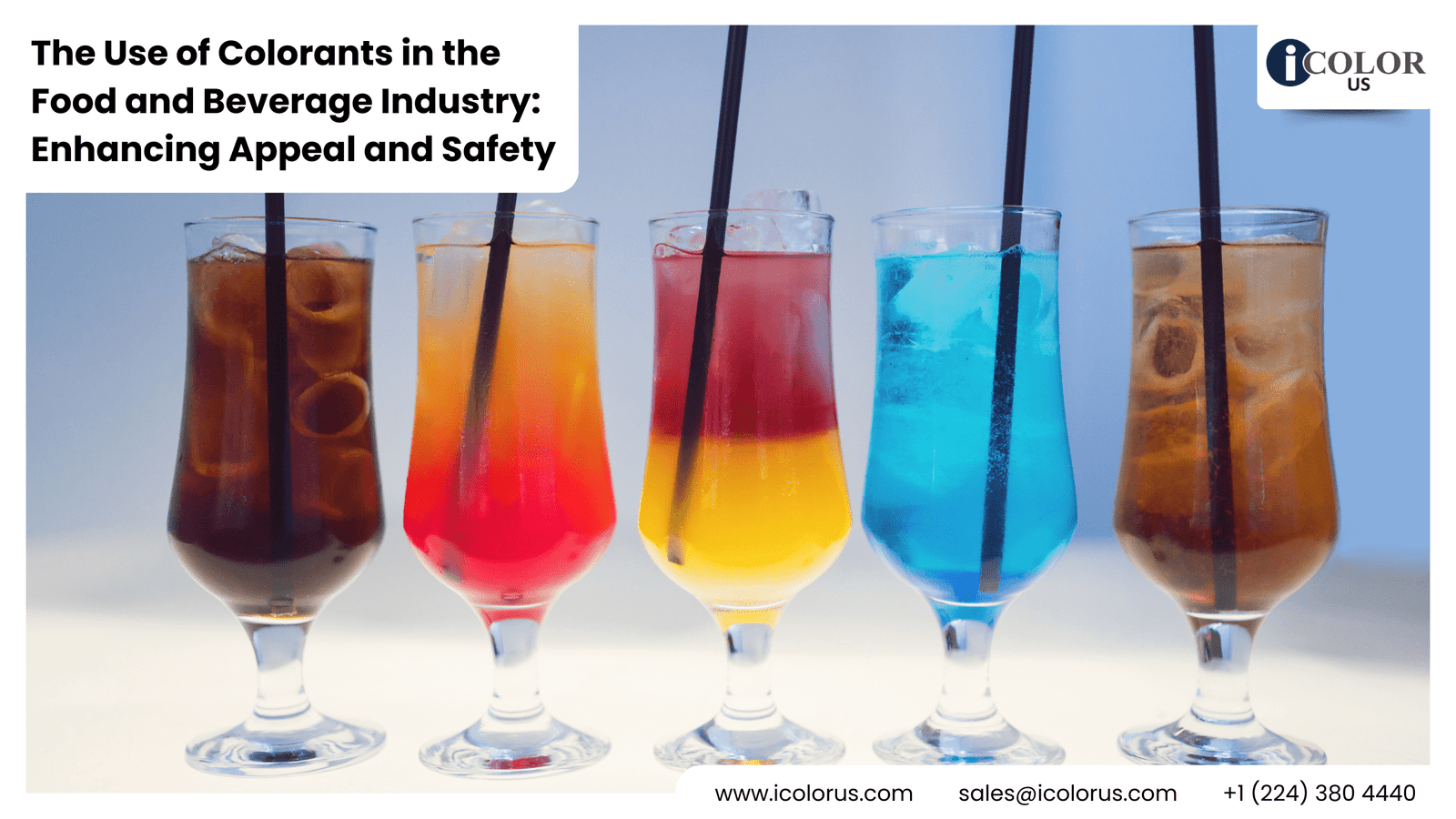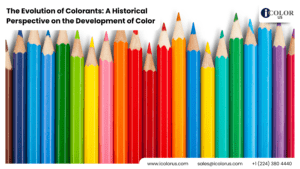Colorants in the Food and Beverage Industry – Introduction
Ever wondered why your favorite candies come in such vibrant hues or why a refreshing drink looks so enticing? That’s the magic of colorants in the food and beverage industry. Color not only makes food look appealing but also influences our perception of taste and quality. Let’s dive into the world of food colorants and explore their fascinating journey from farm to fork.
History of Colorants in the Food and Beverage Industry
Food colorants have a long and colorful history. Early civilizations used natural sources like plants, minerals, and insects to add color to their food. The ancient Egyptians, for example, used saffron and turmeric. With the advent of the industrial revolution, synthetic colorants were developed, providing more stable and diverse options for food manufacturers.
Types of Food Colorants
Food colorants can be broadly categorized into natural and synthetic types. Natural colorants are derived from plants, animals, and minerals, while synthetic colorants are man-made chemicals. Both types have their unique properties and uses, and the choice between them often depends on the application and consumer preferences.
Natural Food Colorants
Natural colorants are extracted from a variety of sources. Plants like beets, carrots, and spinach provide vibrant reds, oranges, and greens, respectively. Some popular natural colorants include:
- Anthocyanins: Found in berries and grapes, these provide red, purple, and blue hues.
- Carotenoids: Derived from carrots and tomatoes, offering yellow to red shades.
- Chlorophyll: Extracted from green leafy vegetables, giving a green color. Natural colorants are often preferred for their perceived health benefits and eco-friendliness.
Synthetic Food Colorants
Synthetic colorants were developed to overcome the limitations of natural colorants, such as stability and consistency. These colorants are made through chemical processes and offer a wide range of vibrant and stable colors. Some commonly used synthetic colorants include:
- Tartrazine (Yellow 5): Used in beverages, candies, and cereals.
- Allura Red (Red 40): Found in soft drinks, snacks, and baked goods.
- Brilliant Blue (Blue 1): Common in confectionery and dairy products. While synthetic colorants are popular for their effectiveness, they have faced scrutiny over potential health risks.
Regulations and Safety
The use of food colorants is strictly regulated to ensure consumer safety. Regulatory bodies like the FDA (U.S. Food and Drug Administration), EFSA (European Food Safety Authority), and JECFA (Joint FAO/WHO Expert Committee on Food Additives) evaluate and approve colorants based on scientific evidence. Safety assessments consider factors like toxicity, acceptable daily intake, and potential allergic reactions.
Health Implications
There has been ongoing debate about the health implications of food colorants. While natural colorants are generally considered safe, some synthetic colorants have been linked to adverse health effects, including allergies and hyperactivity in children. As a result, there is a growing preference for natural colorants among health-conscious consumers.
Technological Advances
Advancements in technology have revolutionized the production and application of food colorants. Innovations like microencapsulation and nanotechnology have improved the stability and bioavailability of colorants. Future trends point towards more sustainable and health-focused colorant options, driven by consumer demand and regulatory changes.
Consumer Preferences
Today’s consumers are more informed and health-conscious than ever before. There is a noticeable shift towards natural and clean-label products. Marketing and packaging also play a significant role in influencing consumer choices. Bright, appealing colors can enhance the perceived value and attractiveness of a product.
Colorants in Different Food Categories
Colorants are used across various food categories to enhance appearance and appeal:
- Beverages: Brightly colored soft drinks, juices, and alcoholic beverages.
- Confectionery: Vibrant candies, chocolates, and gummies.
- Dairy Products: Colored yogurts, ice creams, and cheese.
- Baked Goods: Decorated cakes, cookies, and pastries.
Environmental Impact
The environmental impact of colorants is a growing concern. Natural colorants are generally more sustainable, but their production can still have ecological implications. Synthetic colorants, while efficient, often involve chemical processes that can be harmful to the environment. The industry is exploring eco-friendly alternatives and sustainable practices to mitigate these impacts.
Case Studies
Several successful products highlight the effective use of colorants. For example, the vibrant colors of Skittles and M&Ms have become iconic. However, the industry also faces challenges like meeting regulatory standards and addressing consumer concerns. Solutions include transparent labeling and the development of safer, natural alternatives.
Global Market Insights
The global market for food colorants is growing, driven by increasing demand for processed and packaged foods. Key players include companies like Chr. Hansen, Sensient Technologies, and Archer Daniels Midland. Regions like North America, Europe, and Asia-Pacific are leading in terms of market share and innovation.
Conclusion
Colorants play a vital role in the food and beverage industry, enhancing the visual appeal and consumer experience. While there are challenges related to health and environmental impacts, technological advances and shifting consumer preferences are driving the industry towards more sustainable and natural solutions. The future of food colorants looks promising, with continued innovation and adaptation to meet evolving market demands.
FAQs
What are the most common natural colorants?
- Some of the most common natural colorants include beet juice, turmeric, spinach extract, and annatto.
Are synthetic colorants safe for consumption?
- Synthetic colorants are generally considered safe when used within regulatory limits, but some have been associated with health concerns, prompting preference for natural alternatives.
How do regulations differ globally?
- Regulations vary by region, with bodies like the FDA, EFSA, and JECFA setting different guidelines and approval processes for food colorants.
What are the latest trends in food colorants?
- Current trends include a shift towards natural and clean-label colorants, driven by consumer demand for healthier and more sustainable options.
Can food colorants affect taste?
- While colorants are primarily used for visual appeal, they can sometimes impact taste, especially if used in large quantities or if they have distinct flavors.





